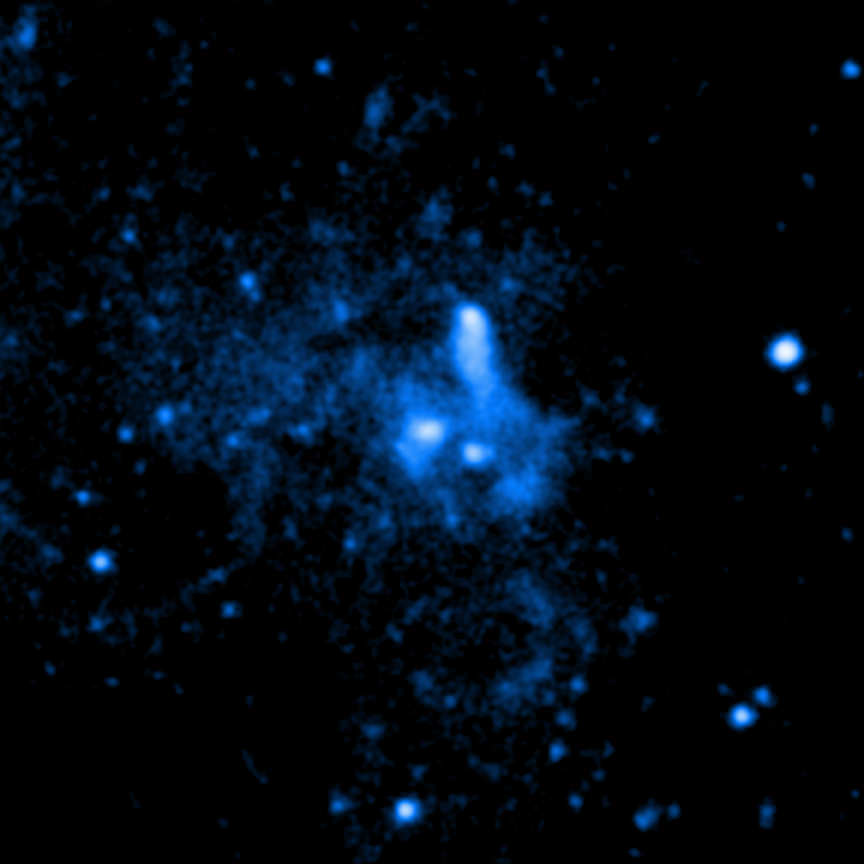How do supermassive black holes form, and what role do they play in shaping galaxies and galaxy clusters? On Wednesday, September 11, 2013 at 19:00 UTC (12:00 p.m. PDT, 3:00 pm EDT) the Kavli Foundation is hosting a live Google+ Hangout to answer your questions about black holes. Participants in the Hangout will be Roger Blandford from the Kavli Institute for Particle Astrophysics and Cosmology at Stanford University, Priyamvada Natarajan from Yale University, and John Wise from the Georgia Institute of Technology.
You can watch live below. To submit questions ahead of time or during the webcast, email to [email protected] or post on Twitter with hashtag #KavliLive.
You can see more information about the webcast at the Kavli Foundation website. There will also be a followup Hangout on September 25 that will focus on black holes and the “firewall paradox” that made news in recent weeks, featuring noted researcher Leonard Susskind. We’ll post a new article with that webcast as the day approaches.


Sweet! Wednesday is my day off too! Thanks for yet another great bit of info, Nancy, et al!
I think that they should discuss about the giant black hole at the center of our milky way galaxy and our future fate in the millions of years to come.
One light
year = 9.4605×10^17 cm, so, 26000 light year = 2.459×10^22 cm. Position of the
sun in our galaxy is 2.833×10^22 cm , it is almost near value of 3.0508×10^22
cm obtained from the system Avo. No. / 2 Pi^2 , but root of 1.5 value of this
system is 2.490×10^22 cm , at this distance Black hole may played its role in
the galaxy.